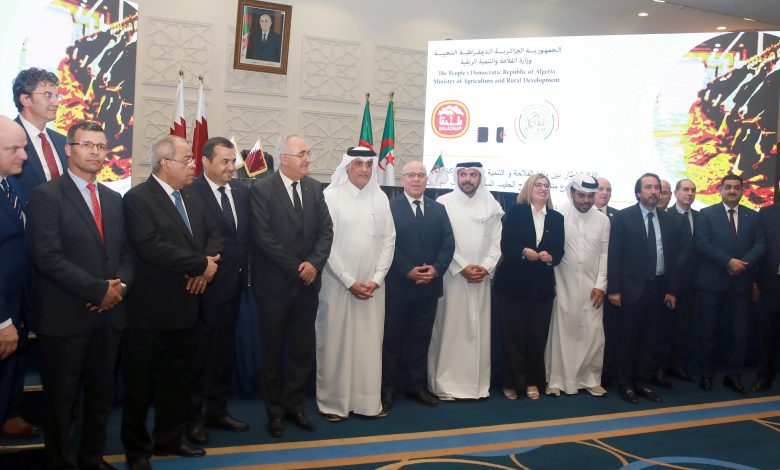Milk Production: Algerian-Qatari mega-project takes shape

This titanic project, worth $3.5 billion, will enable the local production of 50% of the country's milk powder requirements, while supplying the local market with red meat, helping to increase the national cattle herd and creating 5,000 direct jobs.
The agreement was initialled by Souad Assous, Director General of Agricultural Investment and Land Tenure at the Ministry of Agriculture and Rural Development, and Mohamad Moutaz Al-Khayyat, Chairman and CEO of Baladna.
In his speech, Youcef Cherfa underlined the keen interest expressed by the Qatari side in the development strategy that Algeria plans to implement in the medium and long term, in order to diversify its economy and strengthen its food security.
“This project has benefited from various incentives such as land advantages, financial support, as well as incentives provided by Law 18-22 on investment for 2022,” he said. He mentioned that “additional facilities have recently been put in place for major operators wishing to invest in agriculture in the southern regions, in the form of a ‘green corridor’ dedicated to major projects”. The “Baladna” milk powder production project is part of this strategy, and will cover 50% of national milk powder requirements, in addition to its role in supplying the local market with red meat and creating direct jobs”.
“This structuring project, carried out in partnership between Baladna (51%) and the Fonds National d'Investissement (49%), will cover a total area of 117,000 hectares in the south of the country, notably, in Adrar”, he added, pointing out that “each pole will include a cereal and fodder production farm, a cattle breeding and milk and meat production farm, as well as a milk powder production plant”. “The first phases of production will begin in 2026, with the project scheduled for launch in October,” he said.
According to him, “the company will then invest in developing the system by building complexes spread across the country, each comprising land for fodder production, a cattle farm and a state-of-the-art milk powder production plant”. “At the end of the ninth year of this project, the total number of cattle will reach 270,000 head, producing around one billion and 700 million liters of milk per year”, he added.

